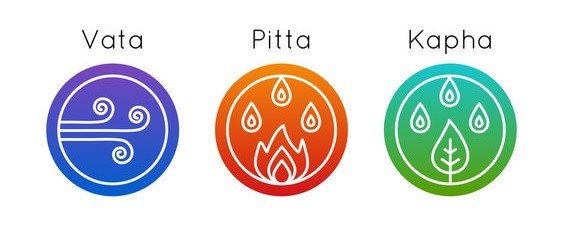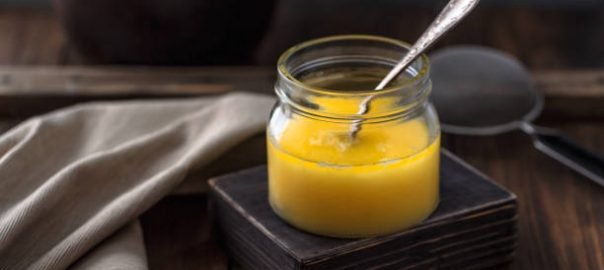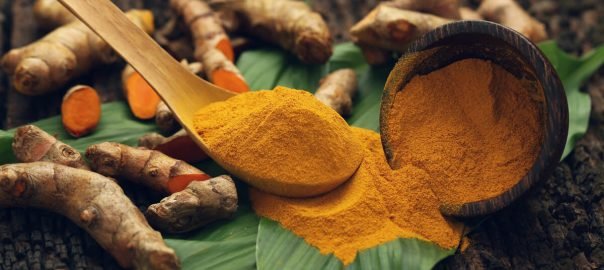Ayurveda places great emphasis on prevention and encourages the maintenance of health through close attention to balance in one’s life, right thinking, diet, lifestyle and the use of herbs. With emphasis on total wellness, the art and science of Ayurveda work to harmonize our internal and external worlds.
Our five senses – prithvi (earth), jaal (water), vaayu (air), tejas (fire) , akasha (sky) serve as a doorway between the internal and external realms. In Ayurveda these five elements group into three basic types of energy and functional principles that are present in everybody and everything. Since there are no single words in English to describe these principles; we use the Sanskrit words Vata, Pitta and Kapha to describe their combinations.
Vata is the energy of movement
Pitta is the energy of digestion or metabolism
Kapha, the energy of lubrication and structure.
All people have the qualities of vata, pitta and kapha, but one is usually primary, one secondary and the third is usually least prominent. The cause of disease in Ayurveda is viewed as a lack of proper cellular function due to an excess or deficiency of vata, pitta or kapha. Disease can also be caused by the presence of toxins.
Let us understand these energies in more details
Vata : The Energy of Movement
Vata provides the essential motion for all bodily processes and is extremely vital for health. One purpose of lifestyle considerations is to stabilize this motion. Routine is very useful in assisting the vata individual to effectively ground all this moving energy.
A person with vata predominant is blessed with a quick mind, flexibility and creativity. Mentally, they usually grasp concepts quickly but then forget them just as quickly. Alert, restless and very active, vata people walk, talk and think fast, but are easily fatigued. They tend to have less willpower, confidence, boldness and tolerance for fluctuation than other types and often feel unstable and ungrounded. When unbalanced, vata types may become fearful, nervous and anxious.
Common vata disorders include flatulence, tics, twitches, aching joints, dry skin and hair, nerve disorders, constipation, and mental confusion. Vata in the body tends to increase with age as is exhibited by the drying and wrinkling of the skin.
Intensity itself can be intoxicating to vata, so one should seek relaxation and meditation to reduce vata.
General guidelines for balancing vata:
- Keep warm
- Keep calm
- Avoid cold, frozen or raw foods
- Avoid extreme cold
- Eat warm foods and spices
- Keep a regular routine
- Get plenty of rest
Dhruv Ayu Care has a wide variety of products which can help a person with Vata Dosha by improving the digestive system, aching joints, dry skin and hair. Our product Panchamrut when taken twice can have many benefits such as it acts as an immunity booster , Improves digestive system. Naabhi Mantra helps in preventing dry skin, helps aching joints.
Pitta: The Energy of Digestion and Metabolism
Pitta types have many of the qualities of fire. Fire is hot, penetrating, sharp and agitating. Similarly, pitta people have warm bodies, penetrating ideas and sharp intelligence. When out of balance, they can become very agitated and short-tempered. The pitta body type is one of medium height and build, with ruddy or coppery skin. They may have many moles and freckles.
Mentally, pitta types are alert and intelligent and have good powers of comprehension. However, they are easily agitated and aggressive and tend toward hate, anger and jealousy when imbalanced. In the external world, pitta people like to be leaders and planners and seek material prosperity. They like to exhibit their wealth and possessions. Pitta people tend to have diseases involving the fire principle such as fevers, inflammatory diseases and jaundice.
Common symptoms include skin rashes, burning sensation, ulceration, fever, inflammations or irritations such as conjunctivitis, colitis or sore throats.
General guidelines for balancing pitta:
- Avoid excessive heat
- Avoid excessive oil
- Avoid excessive steam
- Limit salt intake
- Eat cooling, non-spicy foods
- Exercise during the cooler part of the day
Dhruv Ayu Care has a wide variety of products which can help a person with Pitta Dosha by easing skin rashes, burning sensation, ulceration, fever, inflammations or irritations such as conjunctivitis, colitis or sore throats. Our product Haldi Honey helps in soothing the sore throat. Neem Haldi helps in reducing toxin levels and lowers the risk of skin problems like acne, eczema and skin rash.
Kapha: The Energy of Lubrication
Kapha types are blessed with strength, endurance and stamina. Physically, kapha people may gain weight easily and have a slow metabolism. They tend to shun exercise.
Psychologically, kapha people tend to be calm, tolerant and forgiving. However, they may become lethargic. While they may be slow to comprehend, their long term memory is excellent. When out of balance, kaphas tend to experience greed, envy, attachment and possessiveness. In the external world, kapha tendencies toward groundedness, stability and attachment help them to earn and hold onto money.
They are more likely to have diseases connected to the water principle such as flu, sinus congestion, and other diseases involving mucus. Sluggishness, excess weight, diabetes, water retention, and headaches are also common.
Dhruv Ayu Care’s brings products which can help a person with Kapha Dosha by Sluggishness, excess weight, diabetes, water retention, and headaches are also common. Our product Dhruv Ayu Care Ayurvedic Hair oil helps in soothing the headaches along with increasing the hair growth . Ayurvedic Nasal Drops have Ghee and Bhimsen Kapur which helps to clean out mucus and sinuses, eases headaches.
General guidelines for balancing kapha:
- Get plenty of exercise
- Avoid heavy foods
- Keep active
- Avoid dairy
- Avoid iced food or drinks
- Vary your routine
- Avoid fatty, oily foods
- Eat light, dry food
- No daytime naps
Remember that your progress toward balance and health is proportional to how well you stick to the guidelines of diet and lifestyle. Old habits sometimes die hard and your changes may be very gradual but, to achieve progress, the changes need to be made. You are in charge of your own rate of change.







